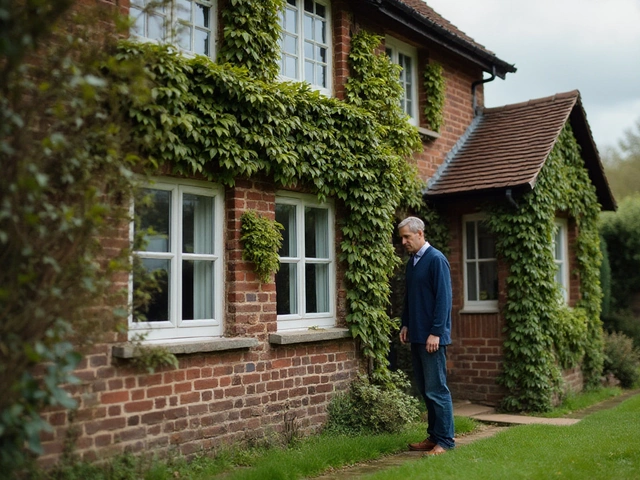Foundation Insurance: Protecting Your Home’s Base
When the ground beneath your house starts to shift, the whole property can feel unsafe. While most homeowners focus on roof or flood insurance, few think about coverage for the foundation itself. That’s where foundation insurance comes in – a safety net that can save you from huge repair bills.
What Does Foundation Insurance Actually Cover?
Most standard home policies treat foundation damage as a maintenance issue, not a covered loss. Foundation insurance is an add‑on or separate policy that steps in when the damage is caused by an external event, like a burst pipe, severe soil movement, or a construction defect. It typically covers:
- Repair costs for cracks, settlement, or shifting caused by covered perils.
- Engineering assessments and reports needed to understand the problem.
- Temporary living expenses if the home becomes uninhabitable during repairs.
It does not pay for wear‑and‑tear, landscaping issues, or problems that could have been prevented with proper drainage. Knowing these limits helps you avoid nasty surprises when you file a claim.
How to Choose and Use a Foundation Insurance Policy
Start by checking your existing homeowner’s policy. Some insurers offer a foundation endorsement that adds a few thousand pounds of coverage for a modest extra premium. If you’re building a new home, look for a builder’s risk policy that includes foundation work.
Ask these questions before you buy:
- Which events trigger a payout? (e.g., water damage, earth movement, construction errors)
- What is the deductible? A lower deductible means higher premiums, but it can be worth it if you live in an area with unstable soil.
- Is there a limit per claim or a total cap for the policy term?
When a problem shows up, act fast. Document cracks with photos, note when they appeared, and keep receipts for any emergency fixes. Call your insurer within the policy’s notification window – usually 30 days – and provide the documentation. An adjuster will likely visit to assess the damage and may request a structural engineer’s report.
To keep premiums down, maintain good drainage around the house, fix leaky gutters, and avoid planting large trees too close to the foundation. Insurers often ask for a home inspection before approving coverage, so showing that you’ve taken preventive steps can lower your rates.
Bottom line: foundation insurance isn’t mandatory, but it’s a smart move if you’re in a region with shifting soils or if you’ve just finished a big renovation. The right coverage can turn a potentially devastating repair into a manageable expense.
Take a few minutes today to review your policy, ask your insurer about endorsements, and start gathering evidence of your home’s condition. A little preparation now can spare you a lot of stress and money later.
Why Aren't House Foundations Insured and How to Protect Yours

Many homeowners find themselves puzzled when discovering that their house foundations aren't covered by insurance. This article delves into the reasons why foundation repairs are often excluded from standard home insurance policies. It also offers insight into the complex nature of insurance coverage related to structural issues. We'll explore what homeowners can do to protect their investment and maintain a solid foundation.
read more



